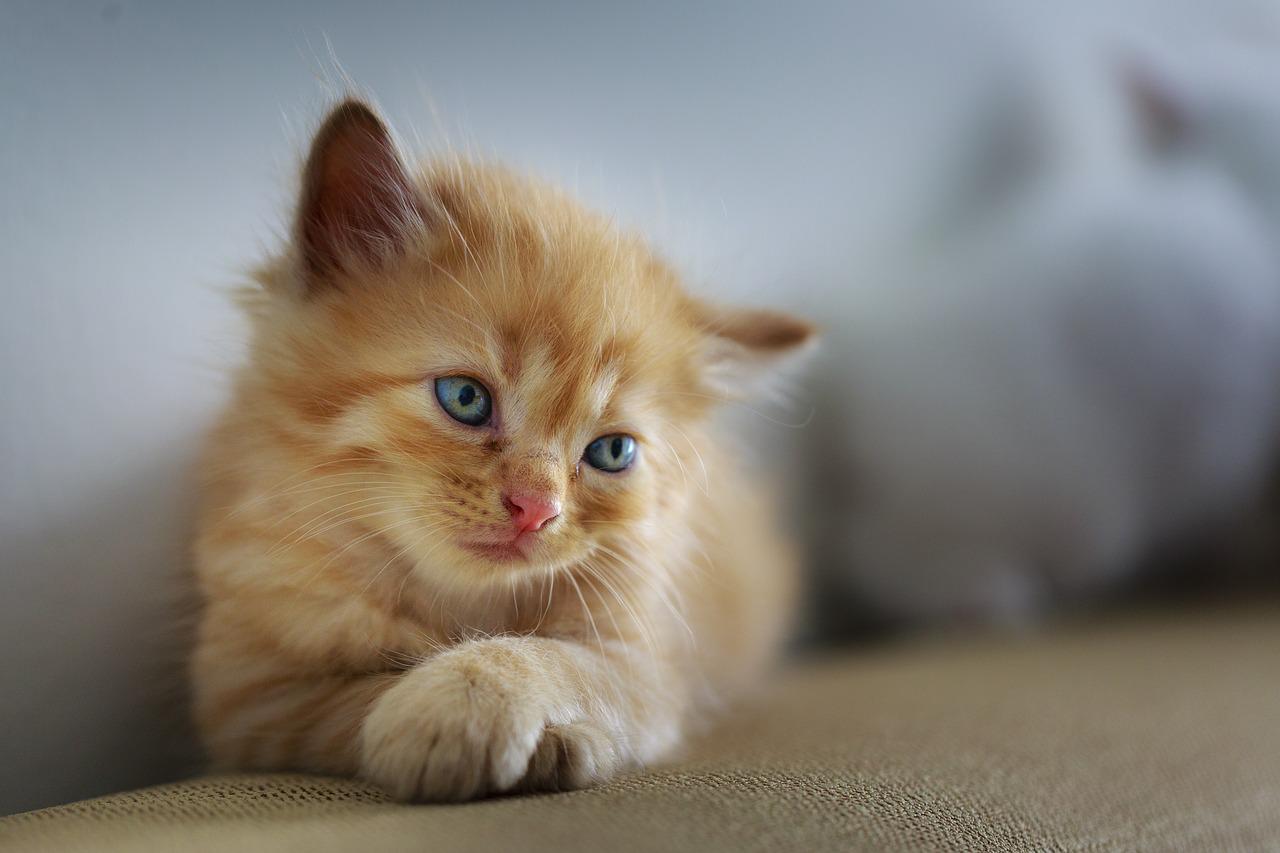Cats have long been shrouded in mystery, from their stealthy movements to their enigmatic stares. But one question intrigues many pet owners: What colors do cats actually see? While cats don’t view the world in the same vibrant spectrum as humans, their vision is far from black-and-white. Let’s dive into the science of feline eyesight, explore the colors they perceive, and uncover how their unique vision shapes their behavior.
The Basics of Feline Vision
Cats’ eyes are evolutionary masterpieces, optimized for hunting in low-light conditions. To understand their color perception, we must first examine their eye structure:
- Rods vs. Cones:
- Rods: Dominating a cat’s retina, these light-sensitive cells excel in detecting motion and functioning in dim light.
- Cones: Responsible for color vision and detail, cats have fewer cones than humans—and only two types (compared to three in humans). This limits their ability to distinguish certain colors.
- Tapetum Lucidum: This reflective layer behind the retina enhances night vision, causing the eerie “glow” of cat eyes in the dark.
What Colors Can Cats See?
Cats are dichromatic, meaning they perceive colors through two types of cones. Here’s how their color vision compares to humans’:
- Visible Colors:
- Cats see shades of blue and green most clearly.
- They struggle to differentiate between red, orange, and pink, which may appear as muted grays or browns.
- Color Range: Their spectrum is akin to a human with red-green color blindness but with less saturation.
Example: A red toy on a green carpet might look like a dark gray blob against a dull green background to a cat.
Why Cats Don’t Need Rainbow Vision
While humans rely on color for tasks like identifying ripe fruit, cats evolved as crepuscular hunters (active at dawn and dusk). Their vision prioritizes traits essential for survival:
- Superior Night Vision:
- Cats need only 1/6 of the light humans require to see.
- Their rod-dominated retinas and tapetum lucidum amplify available light, making them expert nighttime prowlers.
- Motion Detection:
- Cats detect movement up to 10 times better than humans, crucial for tracking prey like rodents or insects.
- Wider Field of View:
- With a 200-degree visual field (vs. humans’ 180 degrees), cats spot peripheral movement effortlessly.
How Cats’ Vision Compares to Humans’
| Aspect | Cats | Humans |
|---|---|---|
| Color Perception | Blues, greens, grays | Full spectrum (red, blue, green) |
| Detail Sharpness | Blurry beyond 20 feet | Clear up to 100–200 feet |
| Night Vision | Exceptional | Poor |
| Motion Sensitivity | Highly sensitive | Moderate |
Do Colors Matter to Cats?
Cats may not appreciate a rainbow, but they respond to contrasts and movement:
- Toys: Bright blue or yellow toys stand out better against dim backgrounds.
- Food: Cats rely more on smell than color to identify meals.
- Behavior: A flickering laser dot (red, which cats see poorly) still captivates them due to its motion, not hue.
Myths About Cat Vision
- “Cats see only in black and white”: False—they see limited colors.
- “Cats have better vision than humans”: Partially true. They excel in low light and motion detection but lack human-level clarity and color range.
The Evolutionary Trade-Off
Cats sacrificed color diversity for survival advantages. Their ancestors didn’t need to distinguish ripe berries but required sharp night vision to ambush prey. Modern house cats retain these traits, explaining why your kitty ignores a red feather toy but pounces on a crumpled gray paper ball moving across the floor.
Enriching Your Cat’s Visual World
While color isn’t their priority, you can stimulate your cat’s vision with:
- Interactive Toys: Use wand toys with blue or green feathers.
- High-Contrast Backgrounds: Place toys against neutral-colored floors.
- Window Views: Birds or squirrels moving outside trigger their hunting instincts.
The Bottom Line
Cats live in a world painted mostly in blues, greens, and grays—a far cry from our technicolor reality. Yet their vision is perfectly adapted to their needs as agile predators. Next time your cat fixates on a flickering shadow or a darting insect, remember: They’re experiencing a world tailored to their survival, one where motion and light trump rainbows.
Fun Fact: A cat’s pupils can expand up to 90% of their eye area in the dark, maximizing light intake—a feature no human can match!
Understanding your cat’s unique perspective deepens the bond between you and your feline companion. After all, seeing the world through their eyes (literally!) is a fascinating glimpse into nature’s ingenuity.

Leave a Reply